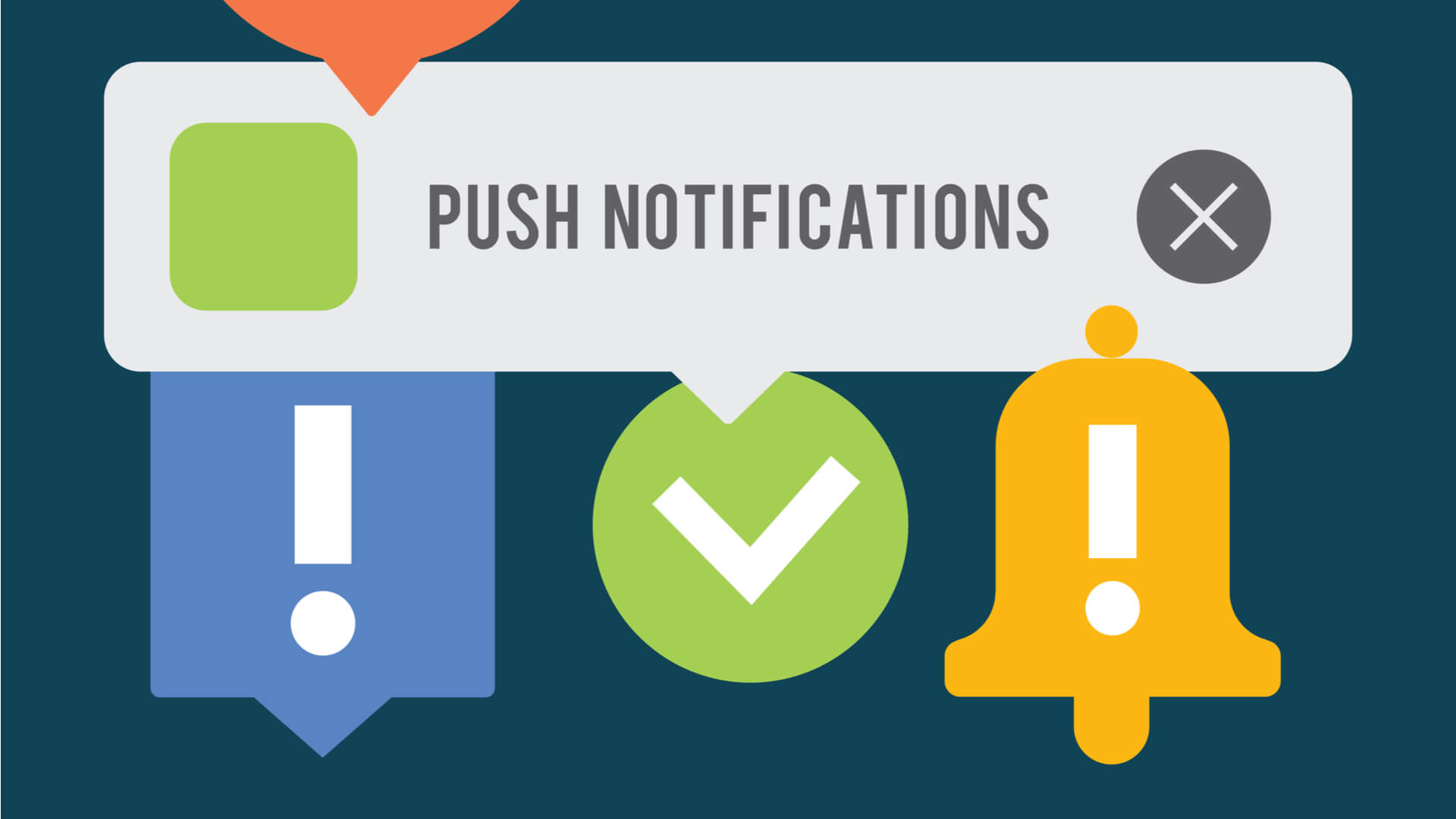Six ecommerce shipping best practices you may be missing

When building an ecommerce business, you first focus on designing a product and getting your brand’s message out to new customers. Customer acquisition is of the utmost importance because without customers, there is no business.
After building your brand and generating repeatable revenue, the next step should be developing a post-sale or delivery strategy. After all, what good is selling your product if you cannot get it to your customers?
At Malomo, we’re no stranger to ecommerce, so here are 6 of the best shipping and post-sale practices that we’ve found to dramatically improve the customer experience and drive engagement:
1. Offer Free Shipping
Marketing studies have found that free shipping brings customers back to a business. Customers will even buy more than they originally planned just to qualify for free shipping. While free shipping appeals to customers, make sure you can afford it. One way to pay for shipping is to raise the price of your product to cover the shipping cost. Another way is setting a minimum order amount to qualify for free shipping. Whatever you decide, make sure that your free shipping strategy works just as well for you as it does your customers.
2. Automate Your Shipping Notifications
Customers want to track their package from the time it leaves your business to the time a carrier picks it up to the time it arrives on their doorstep or in their mailbox. So it goes without saying that manually sending emails or text messages to your customers will not work. You may think that you cannot afford to automate any aspects of your business. Think again. It is imperative to find an affordable way to integrate automated shipping notifications into your ecommerce shipping strategy.
3. Use Web Push Notifications
Web push notifications are not just for sending breaking news alerts. You can use them to update your customers on their order status. Web push notifications are the messages that you see in the upper (or lower) right-hand corner of a desktop or mobile device when a browser is open. When you send a shipping notification, your customers will click on the message and go to the webpage that provides tracking information. However, you must ask customers for permission to send them updates and install a code on your website provided by a web push company.
The beauty of web push notifications is that your customers are staying informed about their delivery without having to continuously check email or text messages.
4. Use the Shopify Shipping Method
Whether or not you have a store on Shopify, the ecommerce platform has a range of shipping strategies that other online businesses can benefit from. For one, Shopify shipping helps “shop” owners determine what to charge for shipping on Shopify. Using a Shopify shipping calculator helps to figure shipping rates from UPS, DHL, USPS, and other major carriers. Take a look at the platform’s complete plan, including Shopify international shipping, to get an idea of shipping strategies that might work best for your company.
5. Use Ecommerce Shipping Software
Ecommerce shipping software is a shipping management platform that labels and tracks your orders. The software also provides analytics and reports and manages inventory. The investment in shipping software is well worth it in the long run.
6. Provide a Post-Purchase Experience
Modern-day ecommerce is more than just selling a differentiating product (although that’s still important); it’s about providing online consumers a unique experience. Merchants today must do this by connecting emotionally with customers through their brand story to build a relationship with their customers.
Customers are the most excited during the post-purchase phase, but most brands leave this part of the experience up to chance by sending customers to a carrier tracking page and third-party experiences.
Malomo’s core mission is to help brands create lasting relationships with their customers by giving them the tools to control their post-purchase experience. The post-purchase experience is the best time to connect emotionally with customers as they check their tracking 4-6 times, on average, and are diligently waiting for more information about their shipment and the product they just ordered.
By customizing the design, timing, and details of the shipping tracking page and notifications, Malomo allows merchants to create lasting relationships with their customers through captivating design, proactive notifications, and personalized content targeted to the consumer’s buying history.
___
by Malomo
source: Forbes

